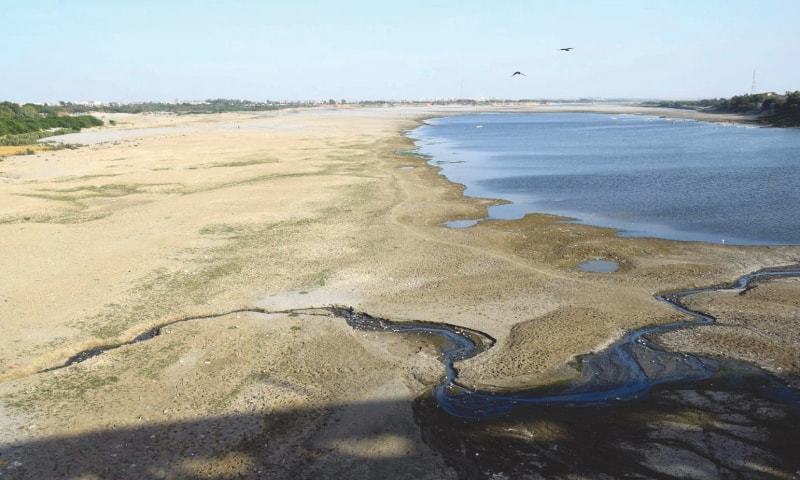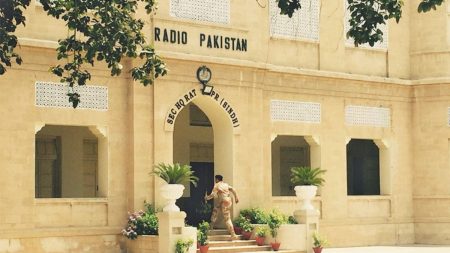Islamabad, March 21: The Indus River System Authority (IRSA) has scheduled back-to-back meetings of its technical and advisory committees on March 25 and 26 to finalize water estimates and provincial shares for the upcoming Kharif season, amid ongoing concerns about the filling capacity of Tarbela Dam.
These meetings are being held at a critical juncture, as both the Tarbela and Mangla dams are at their dead level, meaning there is no water storage available.
The provinces are facing a 51 percent water shortage at rim stations, with actual shortages at canal heads expected to exceed 60 percent.
This shortage is particularly problematic for the final watering of the wheat crop, which is nearing harvest, putting its output at risk.
Read More: Wheat Production at Risk as Punjab; Sindh Face 35% Water Shortage, IRSA
Furthermore, this situation means that the Kharif season, which begins on April 1, will start with no carryover water storage.
Water Shortage to Reach 60%: Slow Construction @ Tarbela
To make matters worse, construction work on tunnels 4 and 5 of Tarbela Dam has fallen behind schedule. These tunnels, which were closed in December 2022 for 33 months, have not been completed as per the committed timeline.
In response to these challenges, IRSA has called a meeting of its Technical Committee (ITC) on March 25 to finalize the anticipated water availability for the Kharif season.
Provincial representatives have been requested to attend and use the Water Apportionment Accord (WAA) tool, supported by the Australian government, to determine the final water availability criteria.
Also Read: Water Shortage Threatens Power Supply, Tariffs Set to Increase
The following day, March 26, will see a meeting of the IRSA Advisory Committee, chaired by the Wapda chairman.
This committee includes four provincial and federal members of IRSA, as well as key representatives from Wapda, the Federal Flood Commission, the Pakistan Meteorological Department, and the provincial irrigation secretaries.
The advisory committee is expected to approve the water availability estimates prepared by the technical committee and finalize the allocation of provincial water shares.









